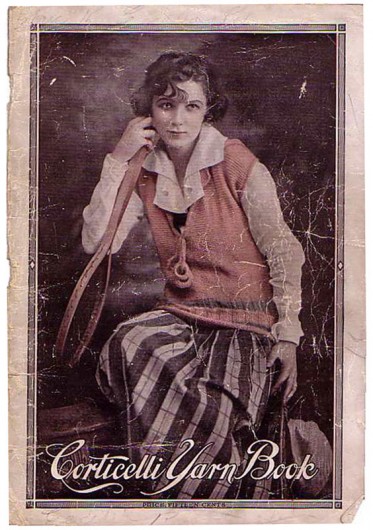
Ninety-three years ago, this young woman modeled fashionable knitted tennis wear on the cover of The Corticelli Yarn Book, “Lessons in Knitting and Crochet.” The book contained an extensive assortment of fashions for men, women, children, soldiers and babies. It was published by the Corticelli Silk Mills of Florence, Massachusetts. Odd little crochet do-dads dangling in front, but other than that, somewhat modern styling. Nice subtle color combination too. Seems to hold up rather nicely, especially figuring this model was likely born in the 19th century.
“Holding up rather nicely” isn’t what comes first to mind for the “Silk Dresden Sweater” featured on the book’s inner cover page, though. I don’t think knitters with a vintage knitting bent are going to be lining up to knit this one, “posed” here by “Mrs. Vernon Castle:”
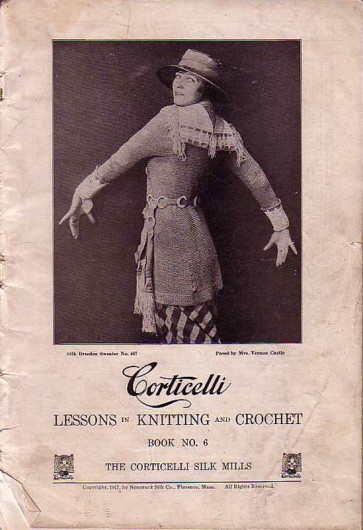

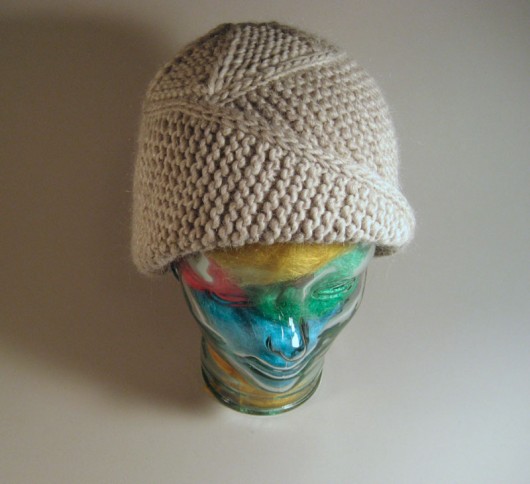
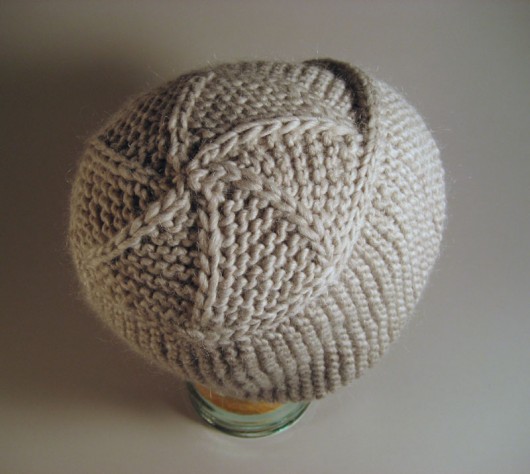
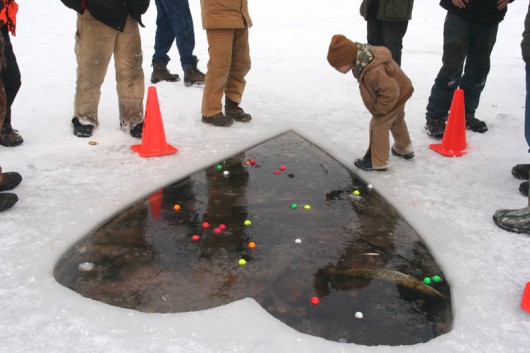
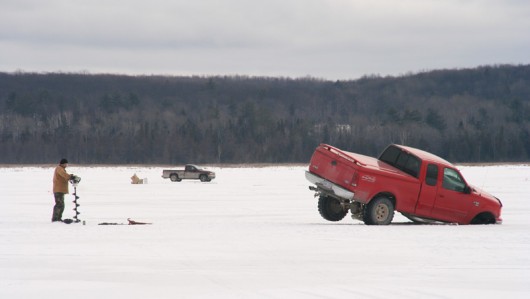
 Knitting hats is pretty much instant gratification. If you make a mitten, you have to make another. If you make a sock, same thing. A bored knitter, or for that matter an adventurous one, can create mismatched pairs. Still, such things must happen in twos. But not hats.
Knitting hats is pretty much instant gratification. If you make a mitten, you have to make another. If you make a sock, same thing. A bored knitter, or for that matter an adventurous one, can create mismatched pairs. Still, such things must happen in twos. But not hats. Below, from left to right, is a seeded stitch hat using
Below, from left to right, is a seeded stitch hat using 


 It was 1917. The Corticelli Yarn Book, “Lessons in Knitting and Crochet” published by the Corticelli Silk Mills in Florence, Massachusetts provided “instructions to help the women throughout the country who are at this time utilizing every available moment in the making of warm and comfortable garments for the boys who have responded to the call of our country in its present crises.” Women were cautioned to knit in either “gray (Oxford) or khaki” or “light Oxford” for the Navy. Corticelli supplied patterns for a sleeveless sweater (above), a “sleeping cap,” two different wristlets, a muffler, an “abdominal belt,” a “cap for convalescents,” a cap and scarf set, socks, bedsocks and a helmet liner (below). A “comfort set” would be the sleeveless sweater, wristlets and a muffler (scarf). “The knitting should be done evenly and firmly and drop stitches should be avoided. The stitches should not be cast on too tightly. The garments should be free from lumps and knots, especially the socks, as they are liable to blister the feet.”
It was 1917. The Corticelli Yarn Book, “Lessons in Knitting and Crochet” published by the Corticelli Silk Mills in Florence, Massachusetts provided “instructions to help the women throughout the country who are at this time utilizing every available moment in the making of warm and comfortable garments for the boys who have responded to the call of our country in its present crises.” Women were cautioned to knit in either “gray (Oxford) or khaki” or “light Oxford” for the Navy. Corticelli supplied patterns for a sleeveless sweater (above), a “sleeping cap,” two different wristlets, a muffler, an “abdominal belt,” a “cap for convalescents,” a cap and scarf set, socks, bedsocks and a helmet liner (below). A “comfort set” would be the sleeveless sweater, wristlets and a muffler (scarf). “The knitting should be done evenly and firmly and drop stitches should be avoided. The stitches should not be cast on too tightly. The garments should be free from lumps and knots, especially the socks, as they are liable to blister the feet.”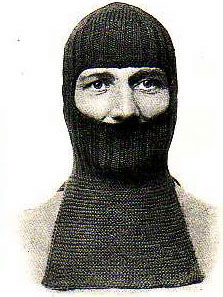 Today,
Today, 